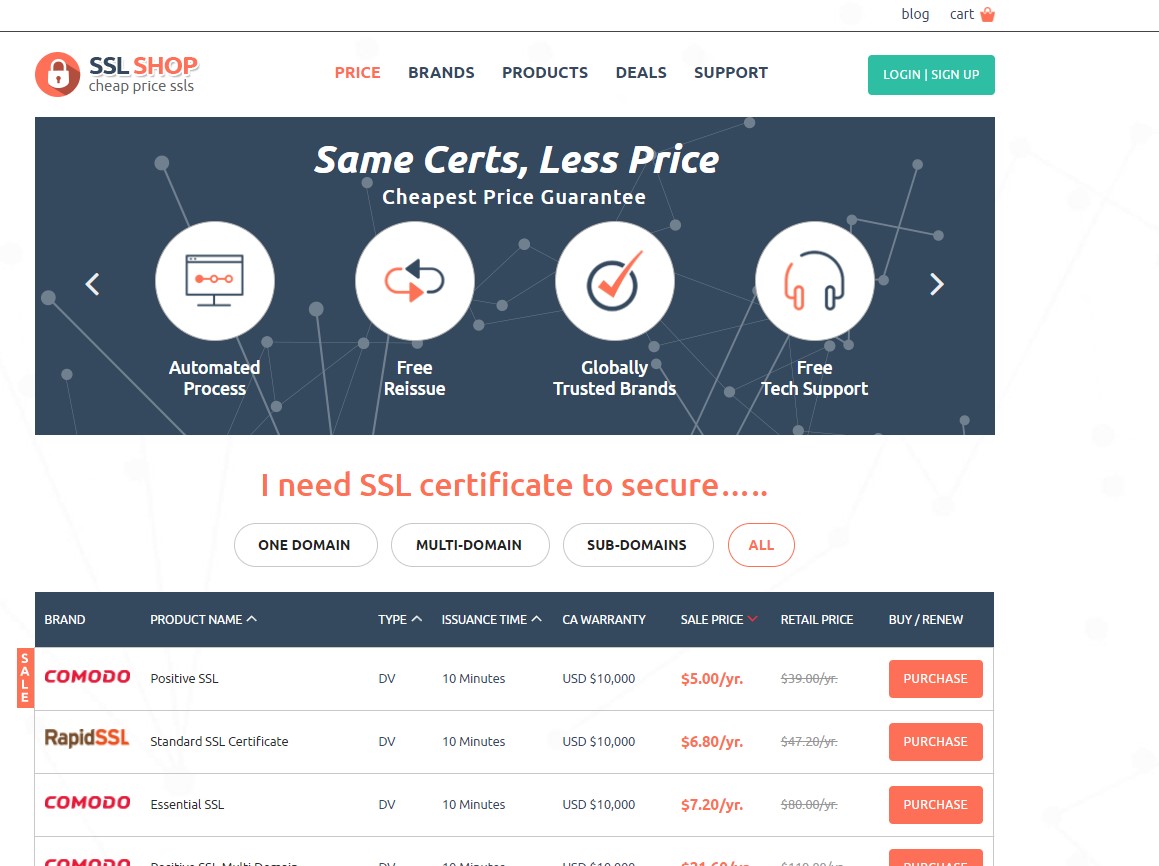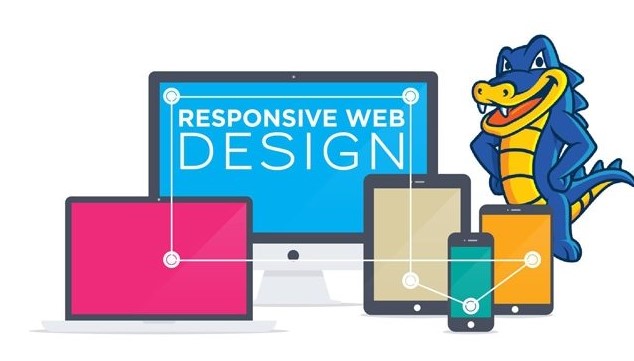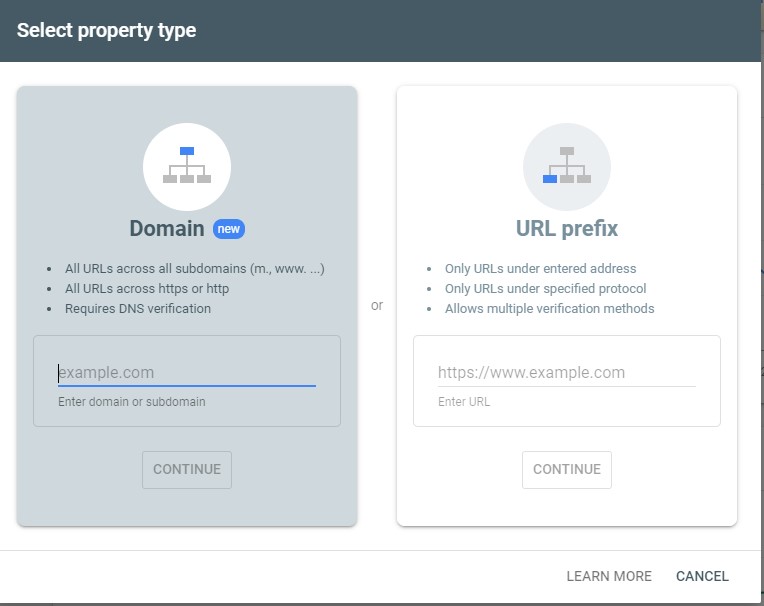In this digital era, having your website has become a necessity for business success. Multiple website building tools are available in the market, which makes website building an easy process. Without having any technical knowledge of coding or web designing, you can build up a good website.
So, though website building is easy, a successful website launching process is a tough call. For your website to be successful and make it stand amongst your competitors, you need to take care of certain factors beyond web content and design. I have penned down a website checklist, which will ensure you a successful and smooth website launch. So, let’s check it out.
Website Pre-Launch Checklist:
1. Ensure Validity of your SSL certificate:
SSL (Secure Socket Layer) certificate is meant to encrypt the communications done between browsers a nd servers for a secure data transfer. Your task doesn’t end at just installing the SSL certificate. You need to ensure that the certificate is valid and does not show any SSL errors. Your secured site should show HTTPS (hyper-text transfer protocol secure) in the URL and a padlock in the address bar. In case of an expired SSL certificate, the browsers may label your site as “Not Secure”.
nd servers for a secure data transfer. Your task doesn’t end at just installing the SSL certificate. You need to ensure that the certificate is valid and does not show any SSL errors. Your secured site should show HTTPS (hyper-text transfer protocol secure) in the URL and a padlock in the address bar. In case of an expired SSL certificate, the browsers may label your site as “Not Secure”.
SSL certificate providers like CheapSSLShop offer varied SSL brands like cost-effective cheap RapidSSL certificate, Comodo Positive SSL Wildcard certificate, GeoTrust Multi-Domain SSL certificate, etc., which help in securing your entire digital infrastructure with minimum costs and maximum benefits.
2. Check your Content Quality:
How to build a successful website? Unique, relevant, and error-free content is one of the factors which makes your website successful. Such content is ideal for a good SEO ranking too. On the other hand, poor content with grammatical errors and spelling mistakes can increase the bounce rate and affect your SEO.
Before you launch your site to the public, ensure to check these mistakes by using any Content Analysis Tools like Search Combination tool, On-Page Optimization tool, etc. To check whether the keywords are used appropriately in the content, use the Keyword tool like Keywords Density Checker.
3. Check Web Design Responsiveness:
The most crucial factor which needs your attention is web design responsiveness. In today’s world, when users use all sorts of devices like mobile, tablets, and laptops to access websites, it’s pivotal that your website display adapts perfectly to all these screens.
Statista indicates that the global mobile website traffic is 54.8% of the total global website traffic and hence website responsiveness is essential. Lack of responsive design may cause you to lose out on a majority of the customers, thus hampering your business.


Check your website for screen responsiveness, create varied versions for varied devices, and ensure that they run smoothly on all of them. The use of responsive web design tools like Gator Website Builder and ThemeForest, etc., can simplify this task.
4. Eliminate Spam:
Spam is frustrating for users as well as site owners. Captcha Plugin is an excellent security solution that takes care of bots and other spam entries. Before launching your website, check out your site for suspicious entries and block spammy words by installing any anti-spam plugin like Akismet Spam Protection.
5. Ensure a Good Website Load Speed:
Are you aware that site load and page load speed matter? If not, it’s time to buckle up and check out your website load speed. If your site takes more than 3 seconds to load, you may lose 53% of the mobile users.
For addressing this issue, you need to check out the server location (local servers preferred), upgrade the services for the incoming traffic load, replace flash content, reduce HTTP requests, decrease pop-ups, upgrade CMS, etc., and try to minimize your site load speed.
6. Use Meta Tags at Proper Places:
Use a meta title to signify the page name/site name and meta descriptions which give an insight into the page content. Ensure that these descriptions are inclusive of keywords and call-to-action.
7. Check out the Contact Us Page & Feedback Form:
Check out the “Contact Us” page and rectify the errors, if any, so that a distressed customer can quickly contact you. See that the “Mail to” and “Call on” fields are correctly added to the page. As far as customer feedback forms are concerned, minimize the same with less but pivotal fields to collect customer feedback properly.
Proper functioning of the form and a “Thank You” message on the form submission needs checking before the site launch.
8. Optimize the Visibility of Social Media Buttons:
Social media buttons are crucial elements for users as well as SEO. They make your business more noticeable and accessible. These are trust buttons that need to have proper placement on your web pages. Ensure that they are present and linked with social media platforms correctly for their smooth functioning.
9. Check your Website for Broken Links:
Broken links are bad for the site’s reputation and SEO. This internal link will guide you to a non-existent page. Broken links usually occur when a web page is removed from the website, but the URL still exists, thus leading the user to a dead-end (404 error). Use Broken Link Checker Tools like Sitechecker or Semrush, etc., to fix these links and make your site error-free.
10. Permit Search Engine Indexing:
Usually, search engine indexing is turned off while the website is in the development stage. Image Source But don’t forget to untick the Search Engine Visibility option before the site launch process. This will permit Google to index the site and make it visible to the search engines. Present your Website to Google: You want your site to be visible on the top of the search engines, right? i.e., the front pages of Google. So, tell Google about your website launch by submitting your site URL.


Go to Google Search Console and write your full website URL in the Website field. Later click “Add a property” and click “Submit”. In a few days, your site will be listed on Google.
Few More Checks:
- Check Cross-Browser Compatibility
- Check Favicon
- Optimize Images
- Check Time Zone Settings
- Remove Unwanted Themes, Plugins & Pages
- Check Site Performance
- Take Site Backup
It’s Launch Time:
Ensure that all the above items are ticked off your checklist before the final launch. You can also ask your colleagues to test your site for any missed-out factors.
So, without wasting more time, put the checklist aside and launch your site, and once it’s live on the internet, measure its effectiveness by monitoring the success with user engagement, click-through rates, and conversion rates. Best Wishes!!




